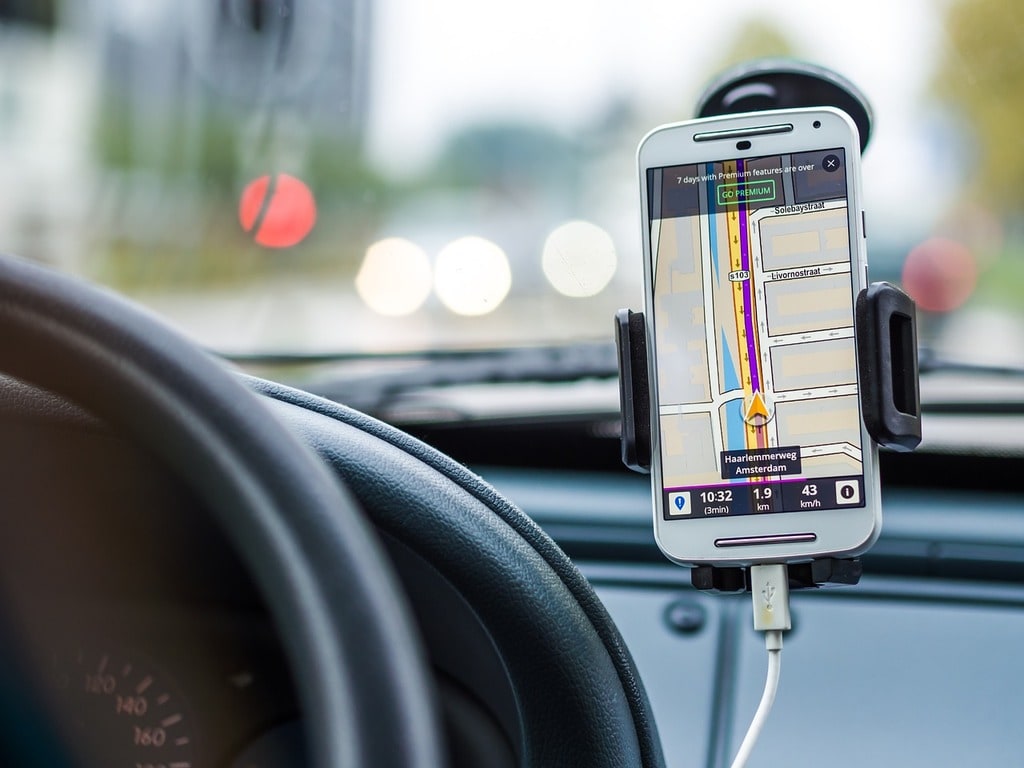
Virtual classrooms: the future of education
The digital age has revolutionized many aspects of life, and education is no exception. Virtual classrooms are emerging as a pivotal shift in the educational landscape, offering innovative ways to learn and teach. As technology continues to evolve, the traditional classroom model faces competition from virtual platforms that promise flexibility, accessibility, and a personalized learning experience.
Virtual Classrooms: transforming the Educational Experience
Virtual classrooms are reshaping how education is delivered and received. Unlike traditional settings, virtual classrooms provide a digital space where teachers and students can interact in real-time, regardless of geographical boundaries. This transformative approach to education harnesses the power of the internet and digital tools, making learning more accessible than ever before.
One of the most significant advantages of virtual classrooms is the ability to offer tailored learning experiences. Students can access a wealth of resources and materials at their own pace, catering to different learning styles and needs. This flexibility allows for a more personalized education, which can be particularly beneficial for students who may struggle in conventional classroom settings.
Flexibility and Accessibility
Virtual classrooms offer unmatched flexibility, allowing students to learn from anywhere and at any time. This flexibility is especially advantageous for students with busy schedules, those who live in remote areas, or individuals who need to balance education with work or family commitments. The convenience of accessing lessons and materials online eliminates the need for physical presence, thereby removing barriers to education.
Accessibility is another key benefit. Virtual classrooms can be designed to accommodate students with disabilities, providing tools and resources that make learning more inclusive. Features such as text-to-speech, closed captioning, and adjustable screen settings ensure that all students have equal opportunities to succeed.

Innovative Teaching Methods
The digital nature of virtual classrooms encourages the use of innovative teaching methods that can enhance the learning experience. Teachers can incorporate multimedia elements such as videos, interactive simulations, and gamified learning activities to make lessons more engaging. These tools can help explain complex concepts in a more comprehensible and memorable way.
Virtual classrooms also support collaborative learning. Through discussion forums, group projects, and virtual study sessions, students can work together and learn from each other, fostering a sense of community and collaboration despite the physical distance. This interactive environment encourages active participation and helps develop critical thinking and communication skills.
Challenges and Solutions
While virtual classrooms offer numerous benefits, they also come with challenges. One of the primary concerns is the digital divide, where some students may lack access to the necessary technology or reliable internet connections. To address this issue, schools and educational institutions can implement programs to provide students with the required devices and internet access, ensuring that no one is left behind.
Another challenge is maintaining student engagement in a virtual environment. Without the physical presence of a teacher, some students may find it difficult to stay motivated and focused. To combat this, educators can utilize various strategies such as regular check-ins, interactive activities, and providing timely feedback to keep students engaged and accountable.
The Future of Education
Looking ahead, virtual classrooms are poised to play an increasingly significant role in the education system. The integration of artificial intelligence and machine learning will further enhance personalized learning, providing students with tailored educational experiences based on their progress and preferences. These advancements will help create a more dynamic and effective learning environment.
Here are some of the key features and benefits of virtual classrooms:
- Flexibility to learn from anywhere and at any time
- Access to a wide range of digital resources and materials
- Personalized learning experiences tailored to individual needs
- Innovative teaching methods incorporating multimedia and interactive elements
- Enhanced accessibility for students with disabilities
- Opportunities for collaborative learning and community building
- Potential for integrating advanced technologies like AI and machine learning
In conclusion, virtual classrooms represent a forward-thinking approach to education that leverages technology to meet the diverse needs of students. By addressing the challenges and embracing the benefits, virtual classrooms can provide a more inclusive, flexible, and engaging learning experience for all. The future of education lies in the seamless integration of digital tools and innovative teaching practices, ensuring that every student has the opportunity to succeed in an ever-changing world.